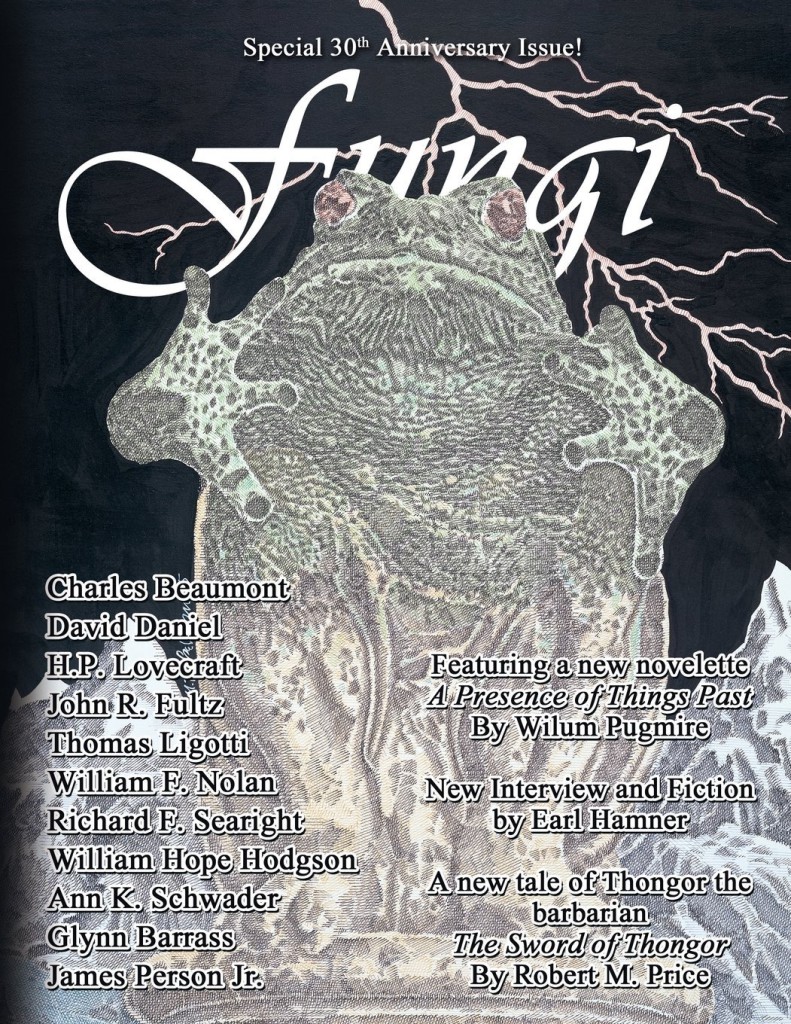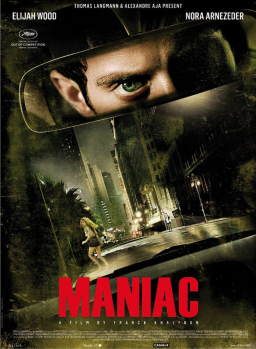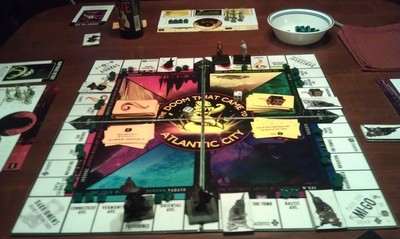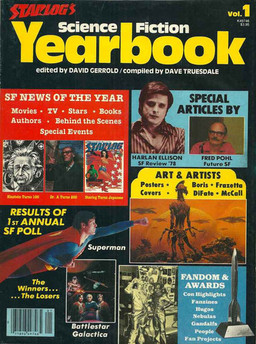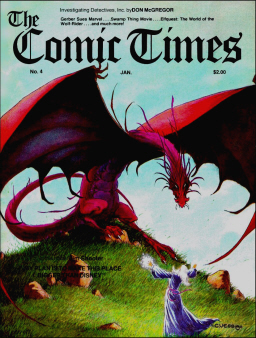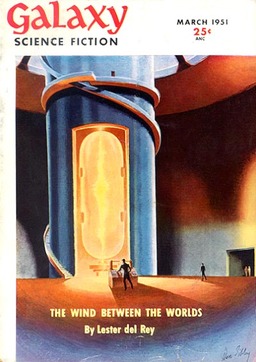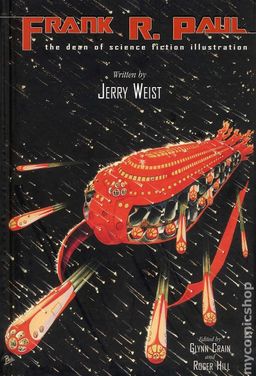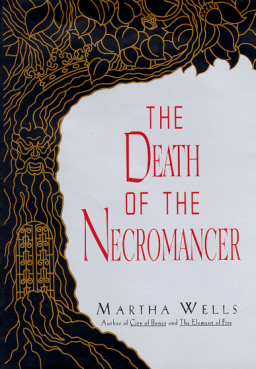Blogging Marvel’s Dracula in the 1980s
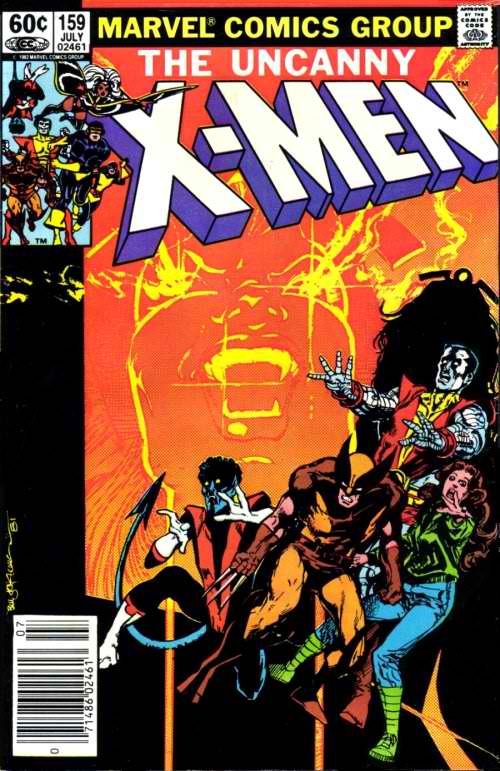
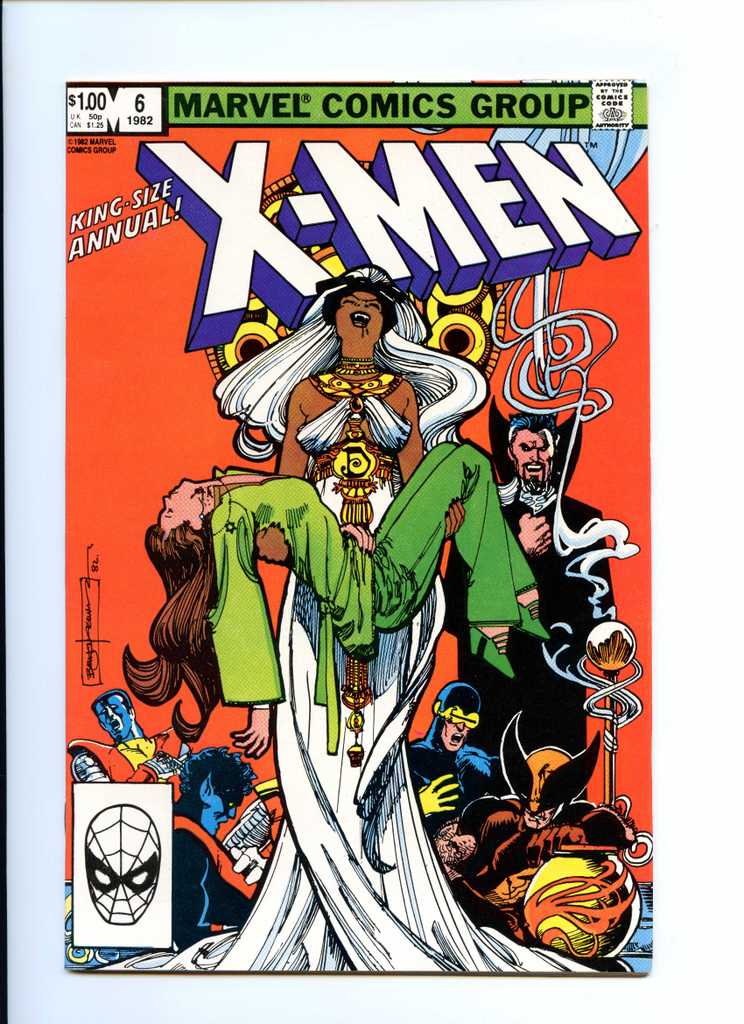 Bram Stoker’s immortal vampire had left an indelible mark on the comic book industry of the 1970s with Marvel Comics’ award-winning Tomb of Dracula series and its spin-offs. By the following decade, Marvel was ready to put the final stake in the now tired property. The storyline to rid the Marvel Universe of vampires was spread across multiple titles in 1982 and 1983, beginning with Marvel’s biggest title of the decade, The Uncanny X-Men.
Bram Stoker’s immortal vampire had left an indelible mark on the comic book industry of the 1970s with Marvel Comics’ award-winning Tomb of Dracula series and its spin-offs. By the following decade, Marvel was ready to put the final stake in the now tired property. The storyline to rid the Marvel Universe of vampires was spread across multiple titles in 1982 and 1983, beginning with Marvel’s biggest title of the decade, The Uncanny X-Men.
Writer Chris Claremont and artist Bill Sienkiewicz kicked the storyline off in Issue #159 of The Uncanny X-Men in a clever update of the Stoker novel that sees Storm falling victim to Dracula. Claremont cleverly starts off with the team frantically rushing to the hospital where their friend has been taken because of dramatic blood loss stemming from a mysterious throat wound. Storm remembers nothing of the attack, has mystified the attending physician by her seemingly miraculous recovery, and yet is decidedly not herself as she exhibits a peculiarly morbid fascination. The one flaw is the story is too rushed. Claremont and Sienkiewicz’s handling of Dracula is the best since Marv Wolfman and Gene Colan, if lacking in their unique style and flair. What should have been a multi-part storyline is truncated to fit in a single issue.
Happily, the story served as a prelude to that year’s Uncanny X-Men Annual #6, which developed the storyline further with Storm struggling against Dracula’s hold over her soul; Kitty Pryde falling to possession by Lilith, Dracula’s daughter; Rachel Van Helsing turned into Dracula’s vampire bride; and the Lord of Vampires seeking once more the mystical tome, the Darkhold, which contains the Montesi Formula, the fabled key to wiping out all vampires from the face of the Earth. Once again, the fault is that the story needs far more space than it is allotted. It is a joy to see so many plot strands from Tomb of Dracula being taken up and it is clear that the story is building to a greater story arc, but these issues could have been so much more and with a talented writer and artist team such as Claremont and Sienkiewicz, it is unfortunate they were not.
